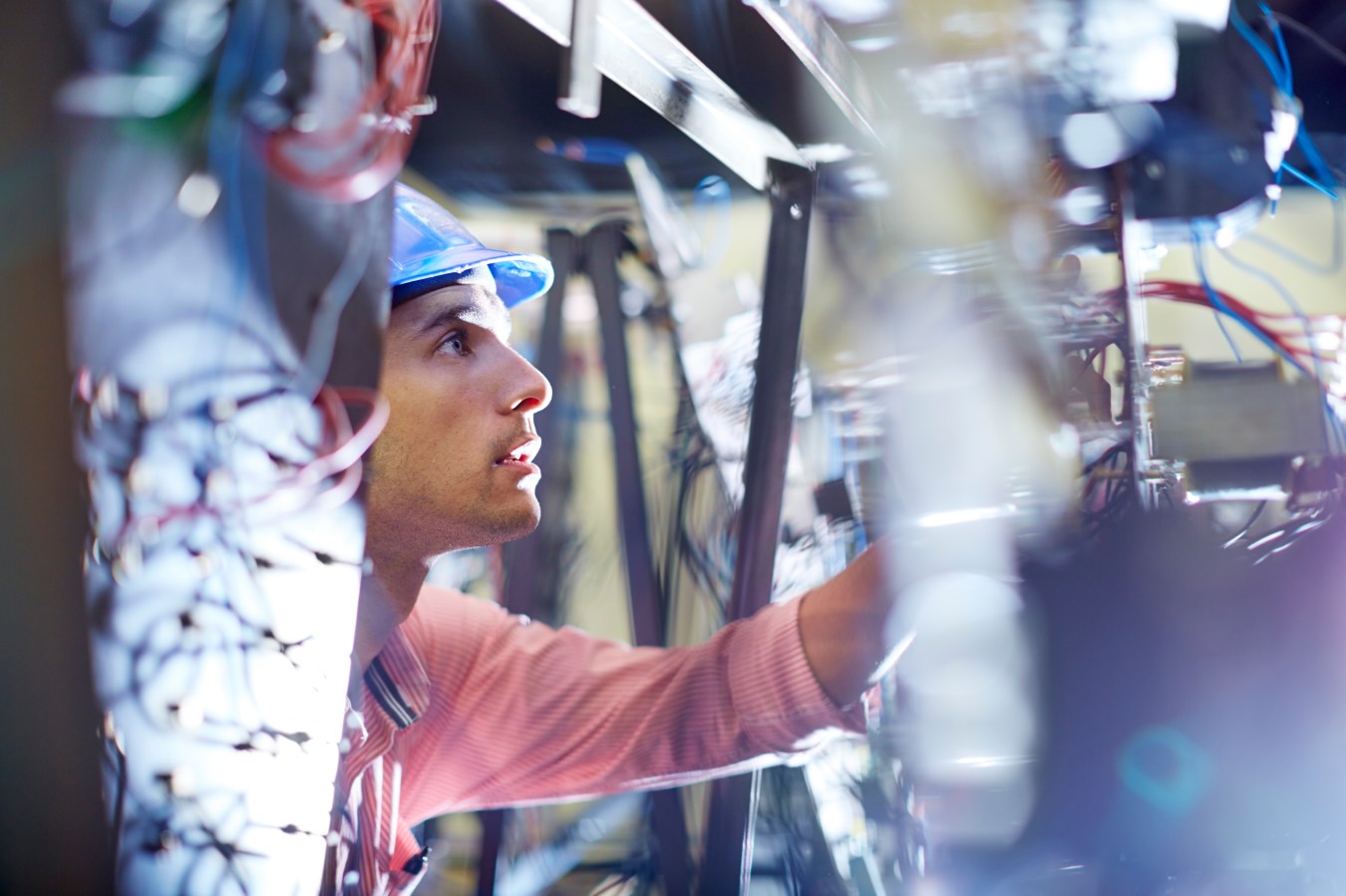Nvidia held its GTC 2023 event for developers this past week, with a range of announcements in quantum computing, the metaverse, large language models, robotics, automotive and more. My eyes especially lit up for Nvidia’s Omniverse, a platform at the intersection of enterprise AI and digital infrastructure.

I believe that this year’s GTC was one of Nvidia’s greatest yet, and that we are witnessing Nvidia articulate its strategic position, which is somewhere between cloud service providers and SaaS providers. While Nvidia unveiled many great pieces of technology at the event, here I want to offer some of my biggest takeaways about Omniverse, which promises to unify and streamline infrastructure as a service (IaaS) and platform as a service (PaaS) functions.
The power of Nvidia Omniverse
One of the biggest announcements at GTC 2023 is that the Isaac Sim digital twin application within Nvidia’s Omniverse Cloud will be hosted on Microsoft Azure. Omniverse Cloud is Nvidia’s full-stack cloud environment for developing, deploying and managing industrial metaverse applications. By hosting it on Azure, Nvidia is increasing access to its service catalog, including not just Isaac Sim but also Replicator and Drive Sim.
While CAD software has been used for product design and engineering for decades now, this represents only part of the overall resources and time investment that go into product development. With Omniverse, Nvidia is offering a full-stack IaaS to businesses, removing many barriers and unifying full product workflows, including not only design and engineering but also programming, validation, manufacturing and servicing of the product.
In this setting, every team involved in the physical product’s life cycle, including design, engineering and retail teams, can all use the same CAD data and the same digital twin environment. This digital infrastructure allows for some unique capabilities. Isaac Sim enables simulation of factories and warehouses so developers can train robots and AI models in a controlled environment, while Drive Sim is used for advanced driving assistance systems (ADAS) and autonomous driving platforms. At CES 2023 a couple of months ago, Nvidia announced that it is now supporting more sensors and lidar support for modeling real-world performance in Isaac Sim. You can read more about this in my coverage of Nvidia at CES 2023 here.
Isaac Sim and Nvidia Jetson Orin
Because Isaac Sim creates a digital twin of the real world, developers can use it for synthetic data generation (SDG) for AI models and robotics, which would otherwise be more difficult to accumulate in the real world. One SDG engine within Isaac Sim is Omniverse Replicator. Nvidia says that Replicator can build production-quality synthetic datasets to train robust deep-learning perception models.
What does this mean for Microsoft Azure and Omniverse users and developers? The cloud gives Omniverse and Isaac Sim room to scale both performance and computability for digital workloads. The development of physical products can be done in the cloud, for example, anything from cars to the factories that build them.
Nvidia also announced that all of its Jetson Orin modules are now available, offering eight times the performance compared to previous-generation Jetson Nanos. I think the more than one million developers and 6,000 customer companies that have chosen the Nvidia Jetson platform speak to how exciting this increase in performance is.
Nvidia Drive Sim and Drive partners
A big differentiator for Nvidia Omniverse is that enterprise users are using Omniverse in production right now. At CES 2023, for instance, Mercedes-Benz announced how it is using Omniverse to build state-of-the-art factories for its vehicles. At GTC 2023, BMW announced that it is expanding its use of the Omniverse platform and demoed its first entirely virtual factory.
It takes years of planning and resources to build multibillion-dollar factories. Using the tools available within Omniverse, BMW can digitize the entire process and optimize the factory for efficiency long before the factory is actually built. Not only does this digitization save time, but it also saves resources in the long run by giving the company a big headstart for ensuring smooth operation and efficiency.
It is impressive to see how BMW’s expanded use of Omniverse enables the auto maker to unify its factories all over the world. I believe Omniverse adds an extra layer of collaboration and enables BMW to plan future factories using current data—all assisted by AI.
At the GTC event, Nvidia also showcased announcements from BYD, DeepRoute.ai, Pony.ai, Lenovo and Rimac Technology about using Nvidia’s Drive platform. BYD is using Nvidia Drive Orin for its Dynasty- and Ocean-series new energy vehicles (NEV). I have said in the past that partnerships like this are incredibly important when it comes to building out new and innovative technologies. Nvidia’s a diversified list of partners, including industry leaders like BMW and Mercedes-Benz and startups like Pony.ai and DeepRoute.ai, will continue to enable Nvidia to innovate in the digital automotive space and beyond.
Wrapping up
The availability of Nvidia’s Omniverse in the Microsoft Azure cloud is a big step forward for Nvidia and for enterprise businesses wanting to reap the benefits of digital twin technologies. Isaac Sim should save developers considerable time and resources with tools like SDGs and pre-trained AI models. Nvidia’s Omniverse customers will be able to complete a product’s development lifecycle digitally, enabling efficient and resource-saving collaboration.
Very few companies can do what Nvidia is doing with Omniverse. At the heart of it, Nvidia is building from its powerful advantages in hardware to enable this incredible AI-driven software platform. That makes Omniverse a valuable tool for enterprises looking to streamline their operations and stay ahead of the curve in a rapidly evolving technological landscape.
Note: Moor Insights & Strategy co-op Jacob Freyman contributed to this article. It was first published on forbes.com.
Look back on the week that was with hand-picked articles from Australia and around the world. Sign up to the Forbes Australia newsletter here or become a member here.


